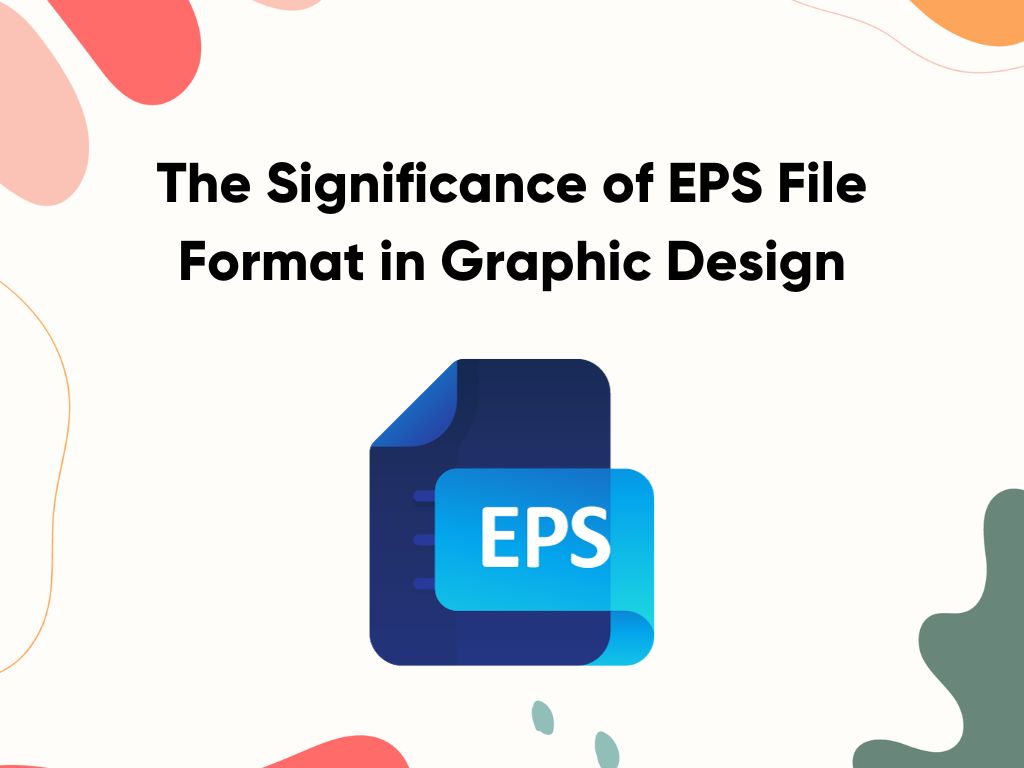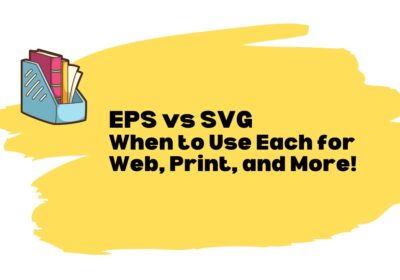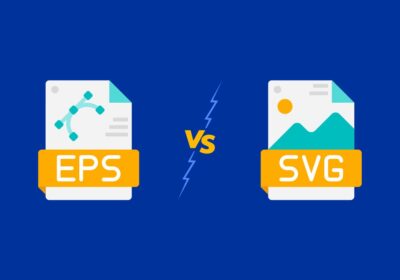
What is EPS File Format
Graphic design, an ever-evolving realm of creativity and visual communication, relies on various file formats to bring ideas to fruition. One such format that stands as a linchpin in the designer’s toolkit is the Encapsulated PostScript (EPS). In this article, we delve into the profound importance of EPS files, exploring their definition, key benefits, evolution, and version considerations.
Why is EPS Format Important?
The importance of EPS in graphic design cannot be overstated, and several factors contribute to its indispensability:
- Versatility: EPS is highly versatile, accommodating a wide range of graphic elements. Its ability to store both text and graphics in a vector format makes it suitable for various design applications.
- Scalability: One of the primary strengths of EPS is its scalability. Being a vector-based format, EPS allows designers to resize images without compromising quality. This makes it ideal for creating logos, icons, and illustrations that need to maintain clarity at different sizes.
- Compatibility: EPS files enjoy widespread compatibility across different graphic design software and platforms. This makes them a universal choice for designers working with diverse tools and systems.
- Print Quality: Professionals in the printing industry often prefer EPS files because of their high-quality output. The vector nature of EPS ensures that printed graphics retain sharpness and detail, making it a preferred format for various print materials.
- Transparency Support: EPS supports transparency, allowing designers to create complex and layered compositions. This feature is valuable for designing graphics with overlapping elements or when maintaining a transparent background is essential.
- Evolution and Modern Features: EPS has evolved over time to incorporate advanced features while maintaining compatibility with modern design tools. Recent versions may include metadata, providing additional information about the file.
- Industry Standard: EPS has established itself as an industry standard in graphic design. Designers and professionals alike recognize and rely on the format for its consistent performance and quality output.
Understanding EPS (Encapsulated PostScript)
EPS, an acronym for Encapsulated PostScript, represents a file format specifically tailored for graphic design. It operates by storing text and graphics in a vector format, relying on mathematical equations instead of pixels. This vector characteristic enables images to be scaled without any loss of quality, making EPS an optimal choice for designers seeking versatile and high-quality graphics.
Read more: EPS vs SVG: When to Use Each for Web, Print, and More!
Benefits of EPS File Format
- Compatibility: EPS files boast broad compatibility across a spectrum of graphic design software and platforms. This inherent flexibility allows for seamless integration into diverse design workflows.
- Scalability: The vector-based foundation of EPS empowers designers to scale images to any size without compromising on detail. This attribute proves particularly valuable for the creation of logos, icons, and intricate illustrations.
- Printability: Professional printing environments favor EPS files due to their capacity to deliver high-quality output and compatibility with PostScript printers.
- Transparency: EPS supports transparency, a feature that empowers designers to craft intricate, layered compositions with ease, enhancing the visual depth of their creations.
Evolution of EPS File Format
As technology marches forward, the EPS file format evolves in tandem. Over time, it has embraced advanced features while maintaining compatibility with modern design tools. Contemporary versions may even incorporate metadata, furnishing additional information such as authorship and copyright details.
EPS Version Considerations
An understanding of EPS versions is pivotal for designers, encompassing:
- Historical Versions: EPS has undergone various iterations, each introducing improvements and additional features to meet the evolving demands of the design landscape.
- Common Versions: EPS files often align with specific PostScript language versions, like Level 2 or Level 3, influencing their capabilities and compatibility.
- Compatibility Awareness: Designers must remain vigilant about the EPS version they employ to ensure harmonious integration with their chosen software and devices.
- Adherence to Industry Standards: Keeping abreast of the latest EPS versions allows designers to leverage cutting-edge features while remaining in line with prevailing industry standards.
The EPS file format assumes a pivotal role in graphic design, offering unparalleled versatility, scalability, and compatibility. Designers across various disciplines continue to rely on EPS for its ability to produce high-quality graphics, particularly in the realms of professional printing and publication. Remaining cognizant of the evolution and version considerations of EPS ensures designers can harness its full potential, unlocking new dimensions in their creative pursuits.
My Experience with EPS Viewer and IrfanView
Applications such as EPS Viewer and IrfanView can be used by me for this purpose. I understand that EPS files stand for Encapsulated PostScript, which is used by drawing applications to explain how to generate images or layouts. Additionally, I am aware that EPS files usually contain text and graphics to illustrate vector images and encapsulated bitmap previews within them.
EPS files are commonly used in the printing and graphic design industry due to their ability to maintain high image quality and scalability without losing resolution. By using EPS Viewer or IrfanView, I can easily open, view, and manipulate these files to ensure they meet the necessary specifications for my project. These applications provide a user-friendly interface and a range of features that enable me to work efficiently with EPS files.
EPS Viewer and IrfanView both offer comprehensive features that make working with EPS files a seamless process. EPS Viewer provides a simple and intuitive interface for viewing and editing EPS files, making it a handy tool for graphic designers and professionals in the printing industry. On the other hand, IrfanView is a versatile image viewer that supports a wide range of file formats, including EPS. Its editing capabilities allow users to make quick adjustments to EPS files without the need for complex software.
By utilizing these applications, users can easily open, view, zoom in and out, and even convert EPS files to other formats. Additionally, they can extract embedded bitmap previews, manipulate text and graphics, and export EPS files in various image formats. With their user-friendly interfaces and powerful functionalities, EPS Viewer and IrfanView are indispensable tools for anyone working with EPS files in the creative and design fields.
Source or Reference:




Pingback: SVG vs EPS: Which Format Should You Use?